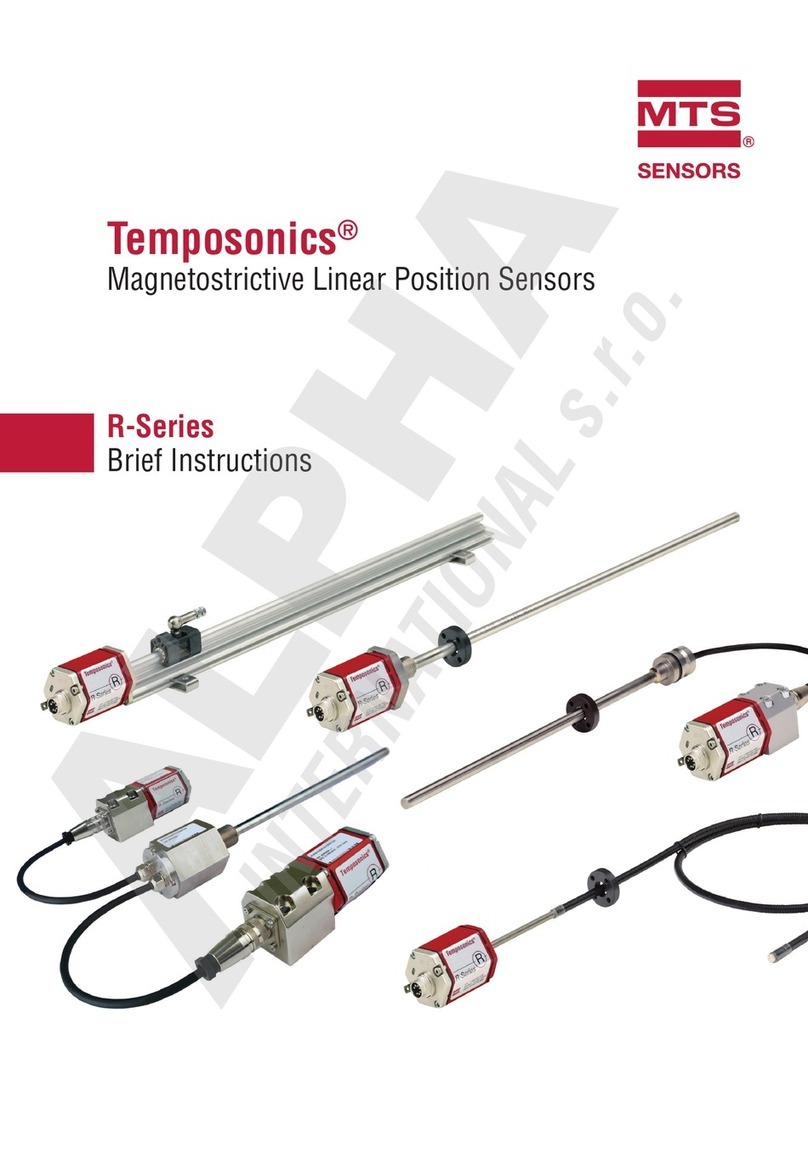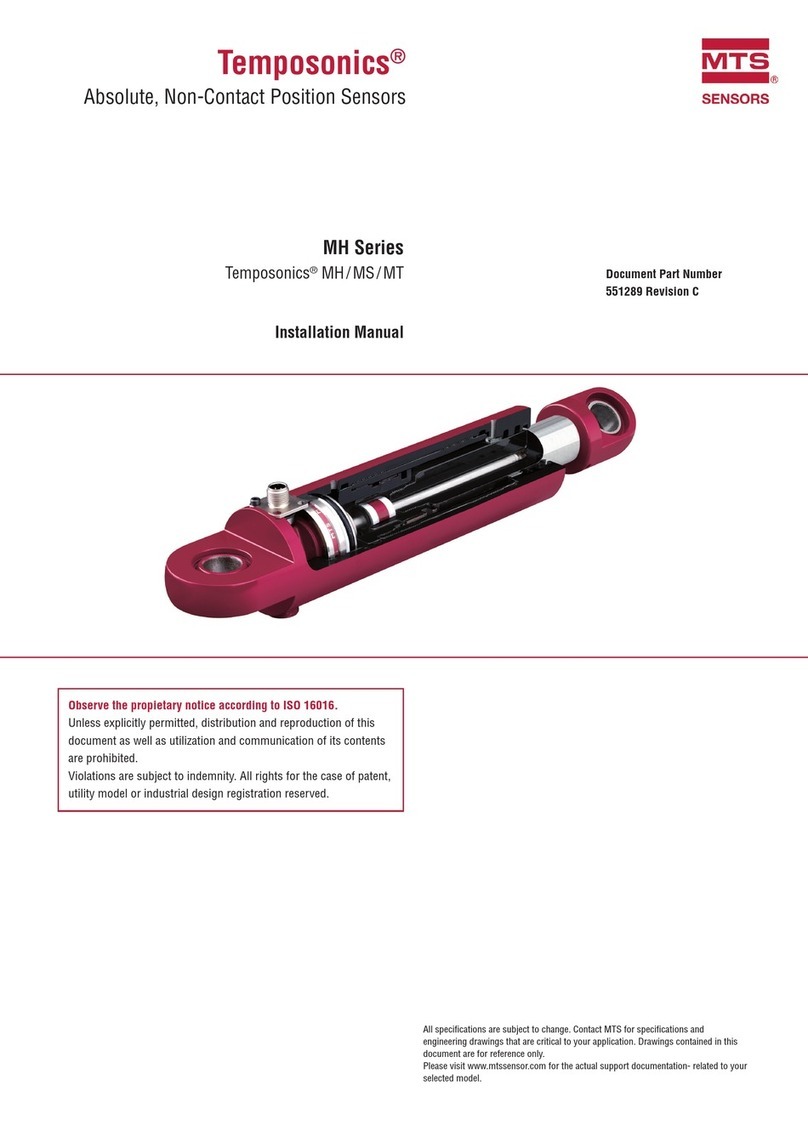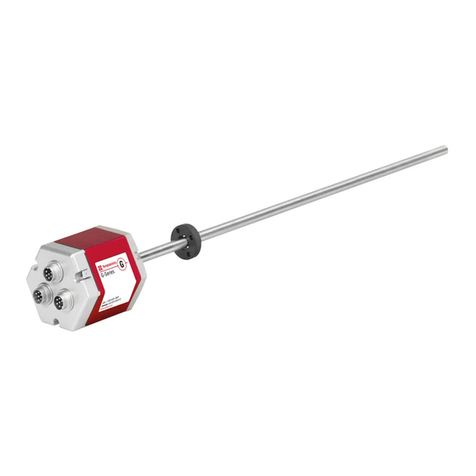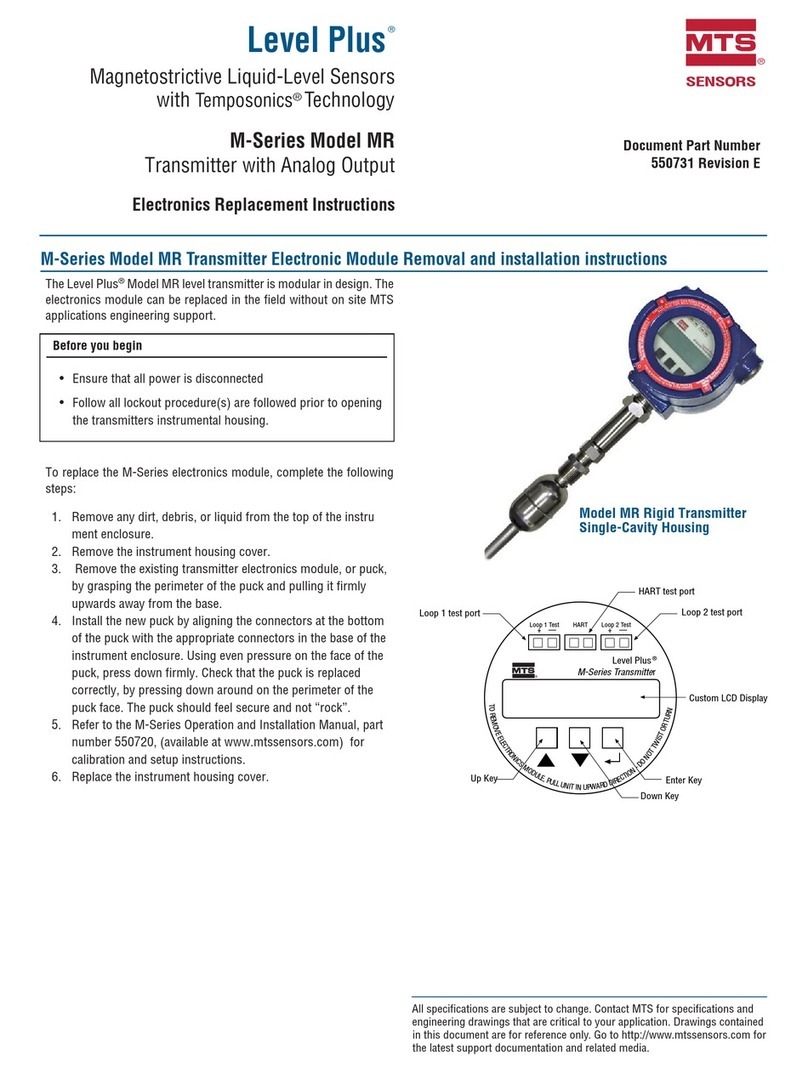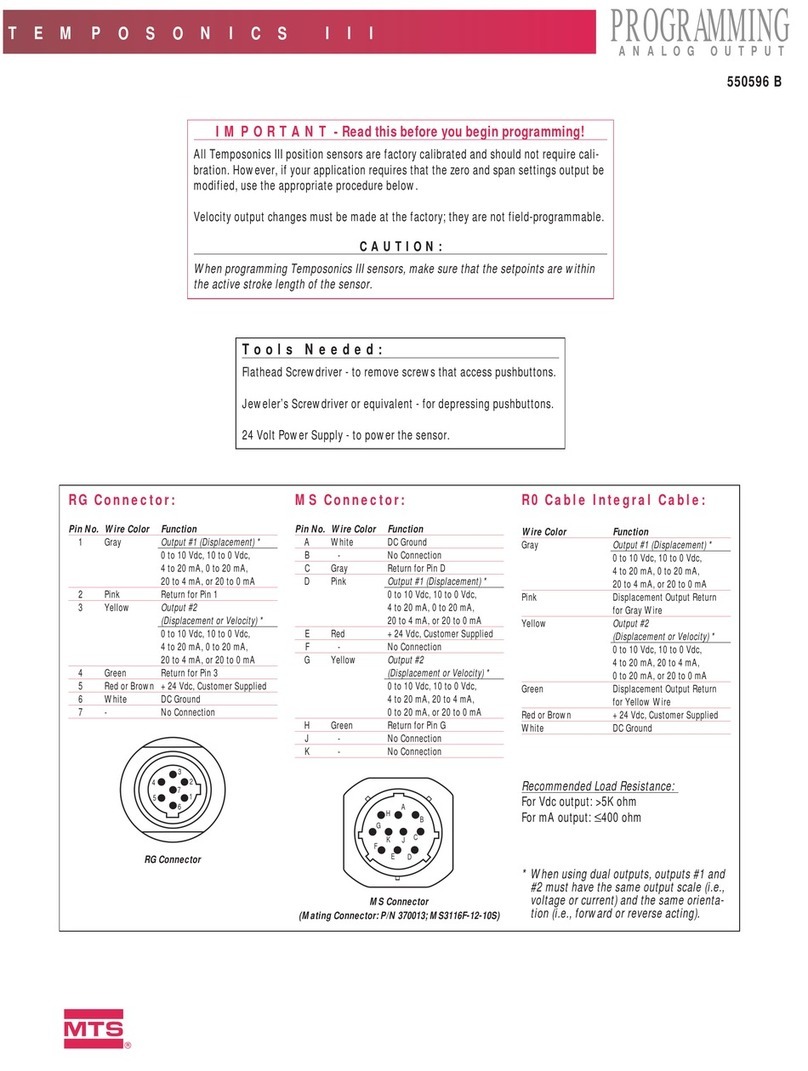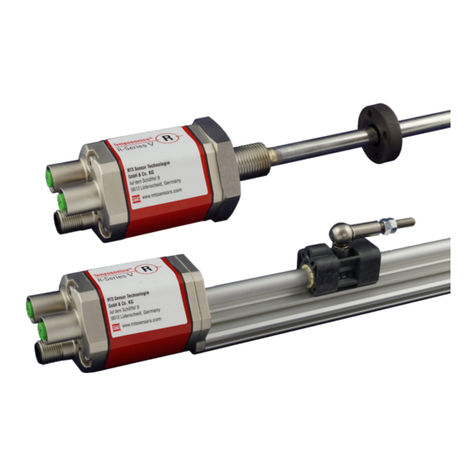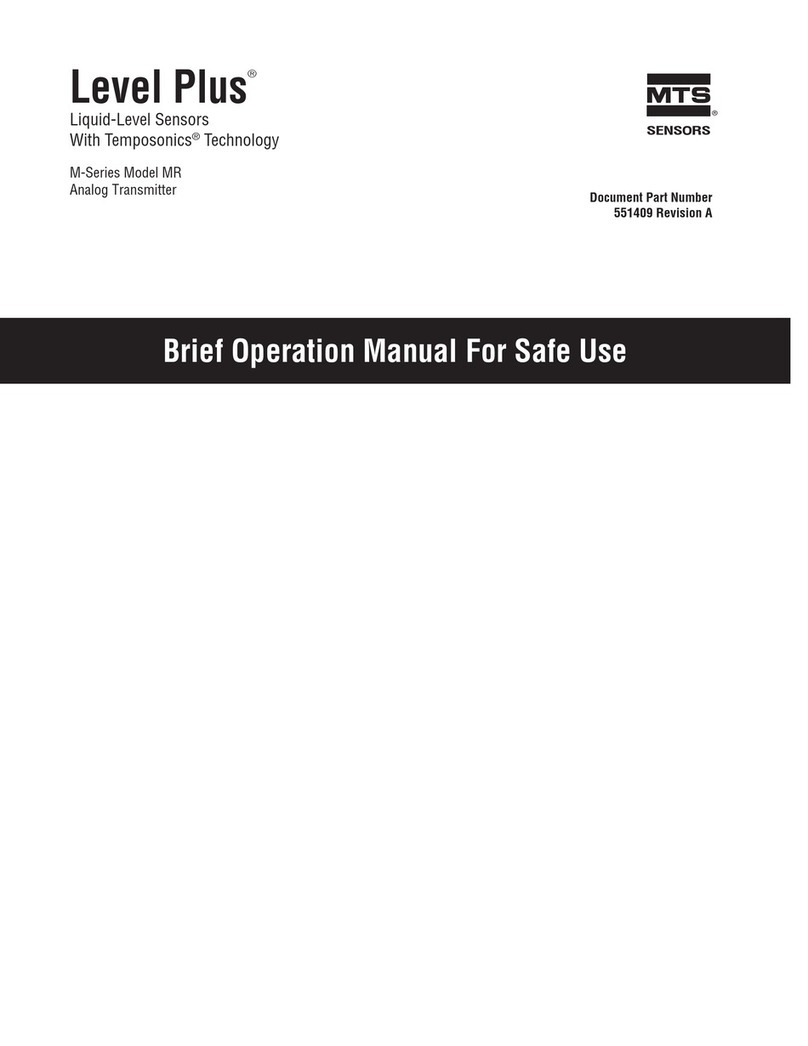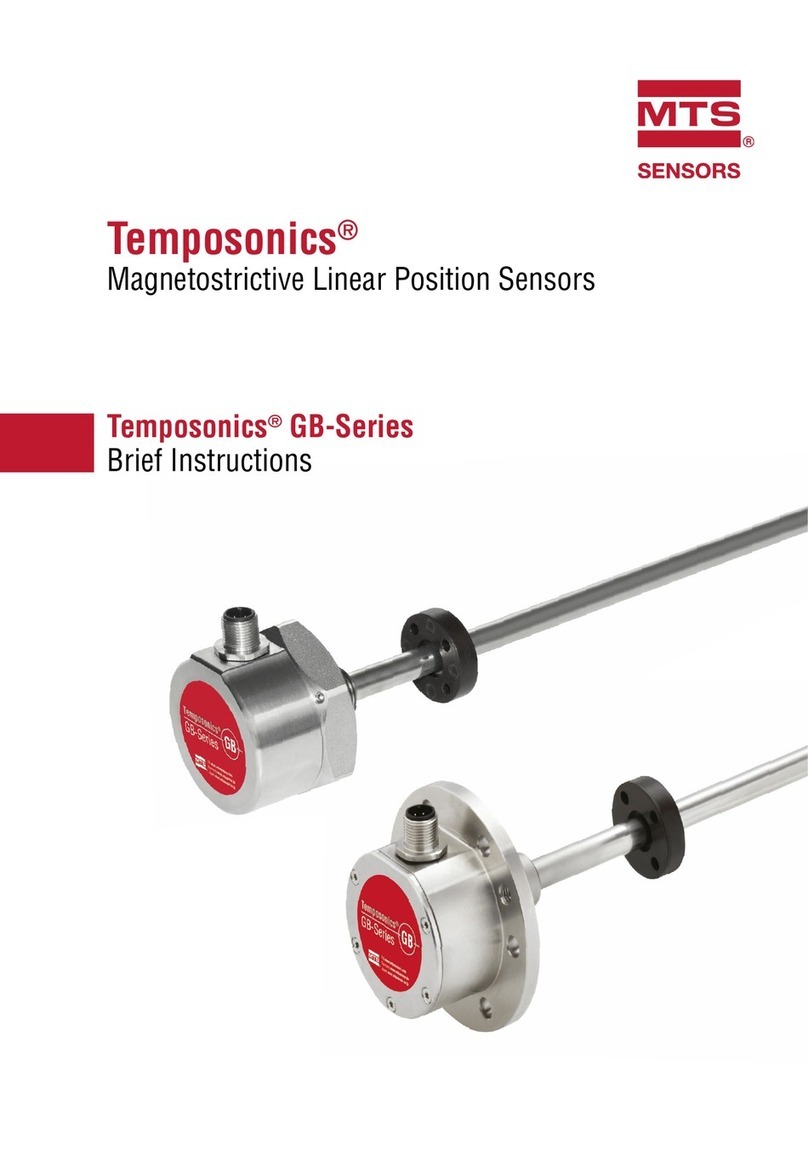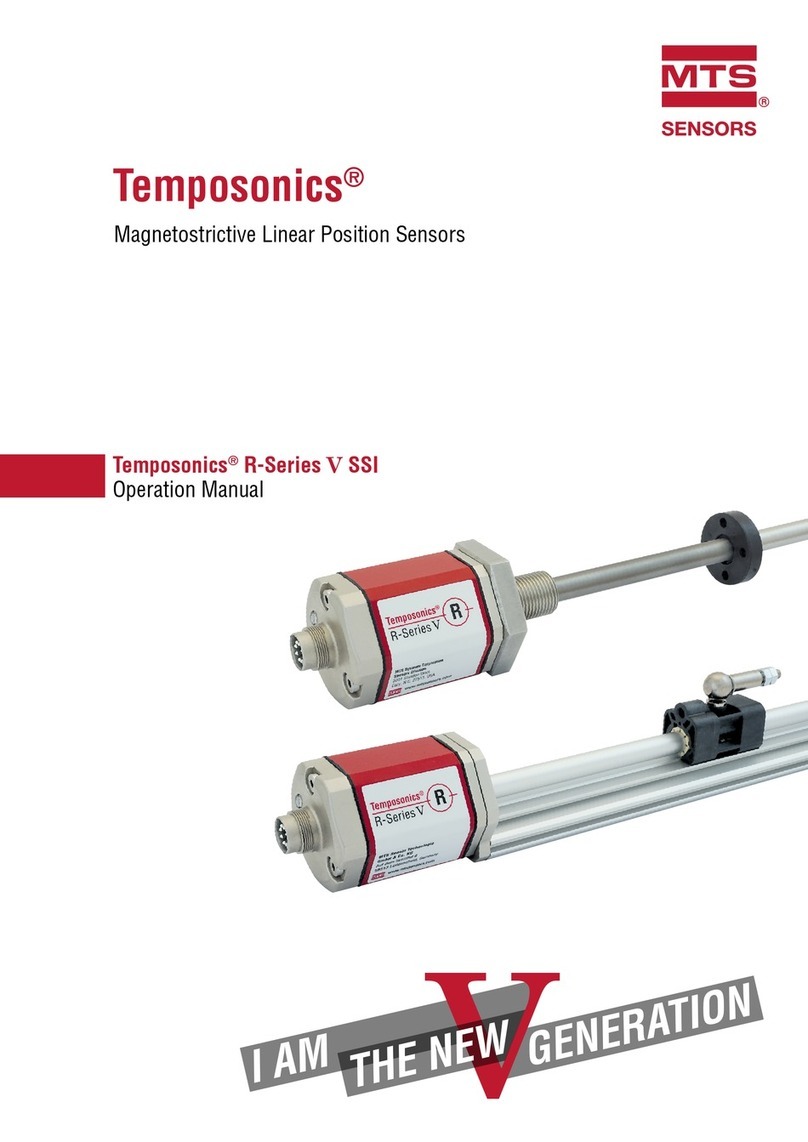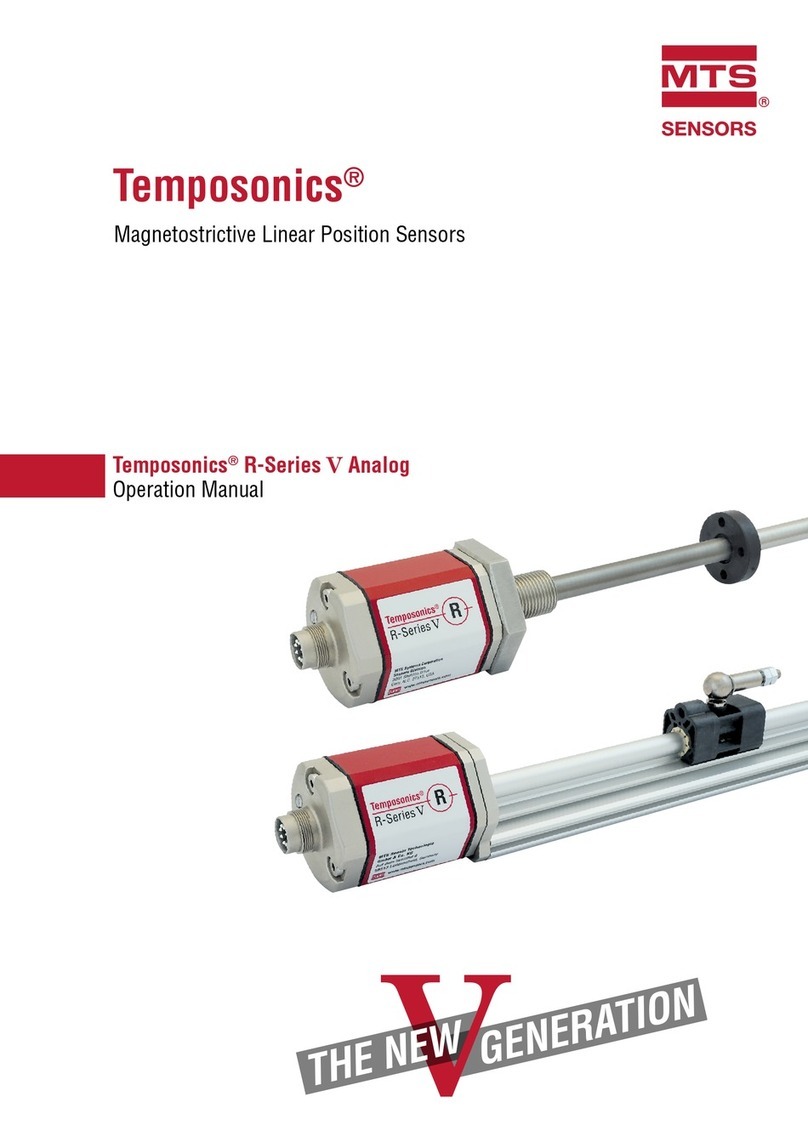
Temposonics® R-Series VPOWERLINK
Operation Manual
Table of contents
1. Introduction..................................................................................................................................................... 3
1.1 Purpose and use of this manual ................................................................................................................................................................ 3
1.2 Used symbols and warnings ..................................................................................................................................................................... 3
2. Safety instructions............................................................................................................................................. 3
2.1 Intended use.............................................................................................................................................................................................. 3
2.2 Foreseeable misuse................................................................................................................................................................................... 3
2.3 Installation, commissioning and operation................................................................................................................................................ 4
2.4 Safety instructions for use in explosion-hazardous areas.......................................................................................................................... 4
2.5 Warranty.................................................................................................................................................................................................... 4
2.6 Return ....................................................................................................................................................................................................... 4
3. Identification.................................................................................................................................................... 5
3.1 Order code of Temposonics®RP5 ............................................................................................................................................................. 5
3.2 Order code of Temposonics®RH5............................................................................................................................................................. 6
3.3 Nameplate ................................................................................................................................................................................................. 7
3.4 Approvals .................................................................................................................................................................................................. 7
3.5 Scope of delivery....................................................................................................................................................................................... 7
4. Product description and commissioning ................................................................................................................... 8
4.1 Functionality and system design ............................................................................................................................................................... 8
4.2 Styles and installation of Temposonics®RP5 ............................................................................................................................................ 9
4.3 Styles and installation of Temposonics®RH5.......................................................................................................................................... 10
4.4 Magnet installation .................................................................................................................................................................................. 13
4.5 Alignment of the magnet with the option “Internal linearization” ............................................................................................................ 15
4.6 Replacement of sensor............................................................................................................................................................................ 16
4.7 Electrical connections.............................................................................................................................................................................. 17
4.8 Frequently ordered accessories............................................................................................................................................................... 18
5. Operation.......................................................................................................................................................21
5.1 R-Series Vwith POWERLINK interface ................................................................................................................................................... 21
5.2 LED Status............................................................................................................................................................................................... 21
6. Node ID conguration of R-Series V POWERLINK.......................................................................................................22
6.1 Setting the node ID via TempoLink smart assistant................................................................................................................................. 22
6.2 Introduction of “Automation Studio”....................................................................................................................................................... 25
7. Integration of R-Series VPOWERLINK in the control system .........................................................................................29
7.1 Importing R-Series VPOWERLINK sensor into the project tool ............................................................................................................. 29
7.2 Communication segment......................................................................................................................................................................... 32
8. Maintenance and troubleshooting .........................................................................................................................36
8.1 Error conditions, troubleshooting............................................................................................................................................................ 36
8.2 Maintenance............................................................................................................................................................................................ 36
8.3 Repair...................................................................................................................................................................................................... 36
8.4 List of spare parts ................................................................................................................................................................................... 36
8.5 Transport and storage ............................................................................................................................................................................. 36
9. Removal from service/dismantling ........................................................................................................................36
10. Technical data ...............................................................................................................................................37
10.1 Technical data Temposonics®RP5 ........................................................................................................................................................ 37
10.2 Technical data Temposonics®RH5 ........................................................................................................................................................ 38
11. Appendix I ....................................................................................................................................................39
12. Appendix II ...................................................................................................................................................40
